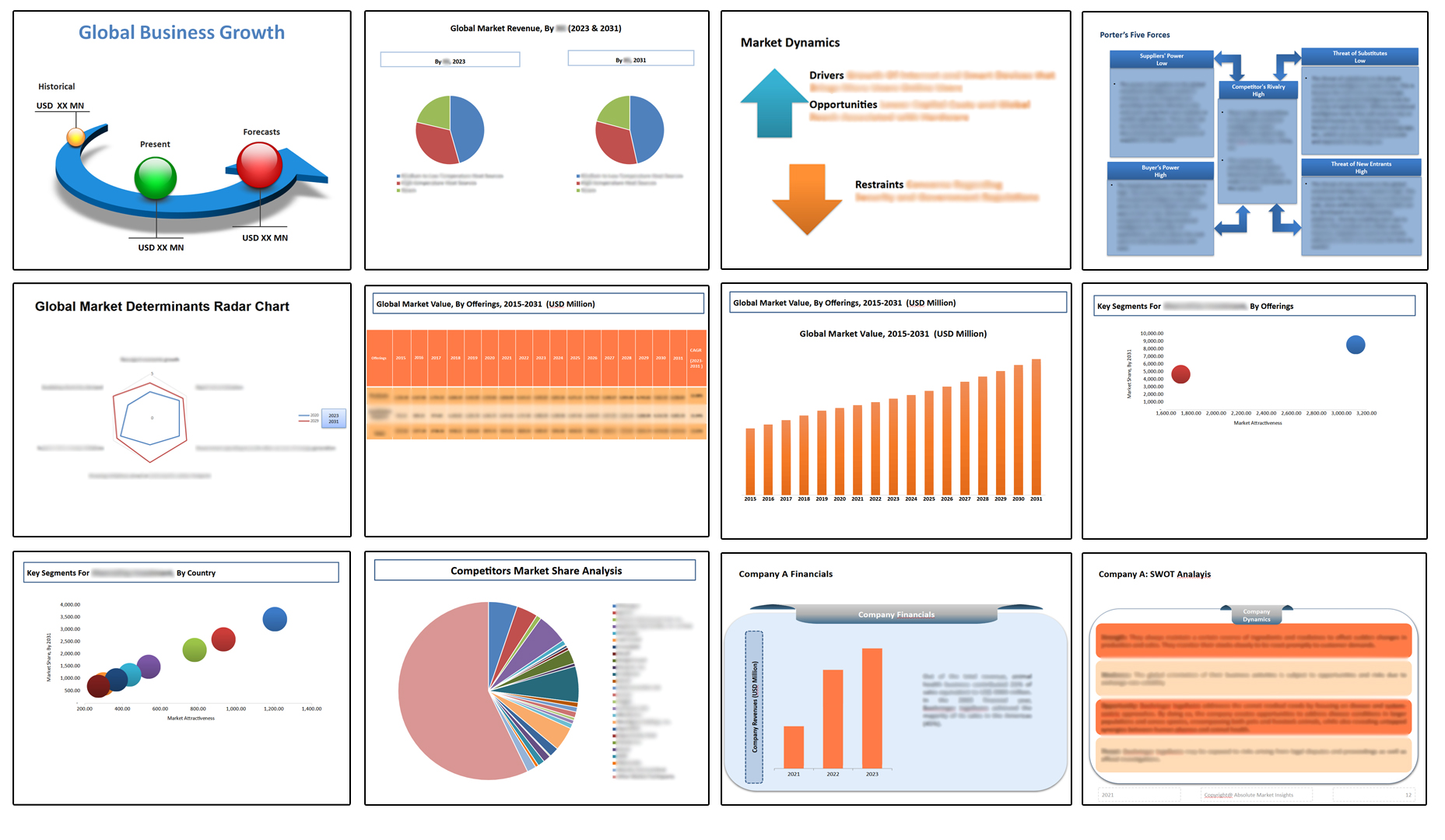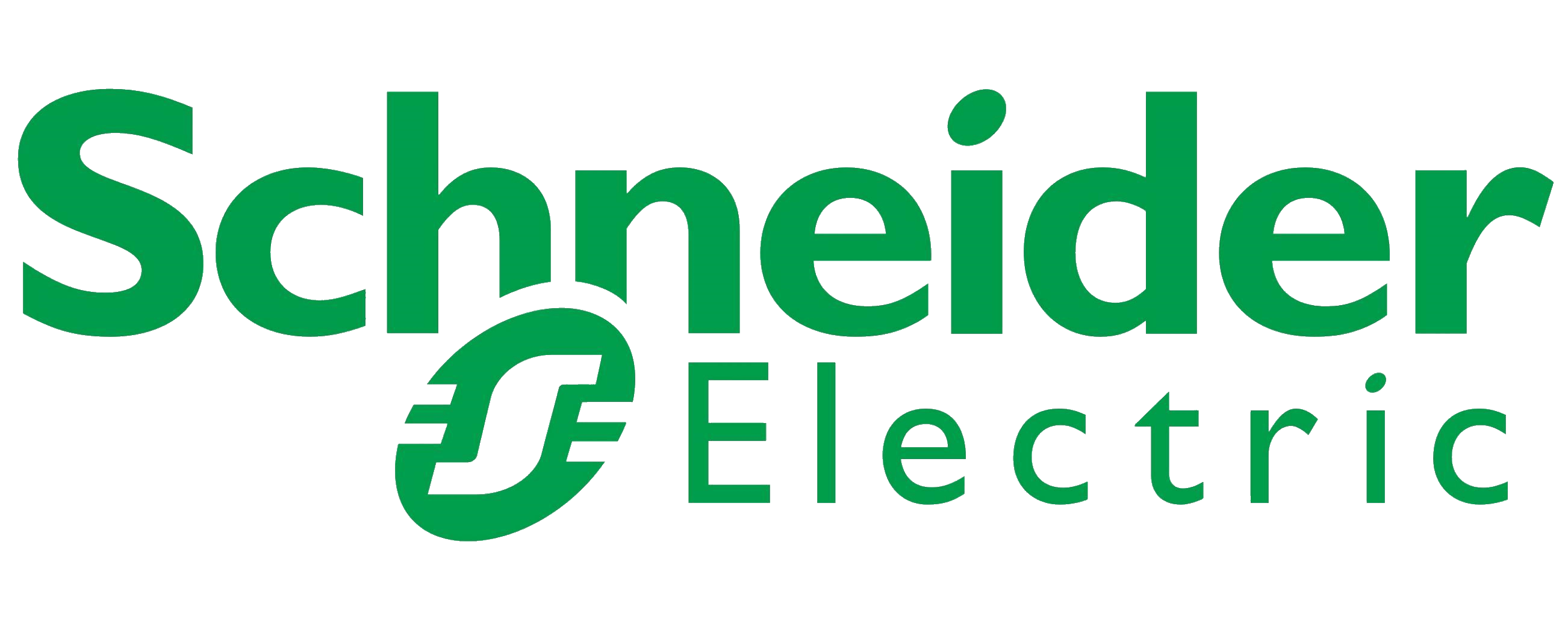Global Maritime Cranes Market By Boom Type, By Capacity, By Application, By Region Segmental & Global Insights, Growth, Size, Comparative Analysis, Trends and Forecast, 2023 – 2031
- Industry: Construction & Manufacturing
- Report ID: TNR-110-908
- Number of Pages: 420
- Table/Charts : Yes
- November, 2023
- Base Year : 2024
- No. of Companies : 10+
- No. of Countries : 29
- Views : 10175
- Covid Impact Covered: Yes
- War Impact Covered: Yes
- Formats : PDF, Excel, PPT
Global Maritime Cranes Market Accounted for US$ 2.98 Billion in 2022, Projected to Gain Estimated CAGR of 3.3% from 2023 – 2031
Maritime cranes are specialized lifting equipment used in ports, shipyards, and offshore installations for handling cargo, containers, and heavy equipment between ships and land. These cranes play a crucial role in facilitating efficient maritime operations, enabling the loading and unloading of goods from vessels. They come in various types, such as ship-to-shore cranes, mobile harbor cranes, and offshore cranes, each designed for specific tasks. Maritime cranes enhance the speed and safety of cargo handling, contributing to streamlined logistics and supply chain management. These cranes are vital for global trade and transportation, supporting the movement of goods across seas and oceans, thereby playing an essential role in international commerce and economic development.
The segment above 300 tons capacity in the maritime cranes market is dominated by larger players due to the complexity and specialized nature of handling heavy loads. This segment is witnessing steady growth due to the expansion of port facilities and offshore activities.
Global Maritime Cranes Market Revenue & Forecast, (US$ Million), 2015 – 2031

COVID-19 Impact Analysis on Global Maritime Cranes Market
Pre-COVID-19, the maritime cranes market experienced steady growth, driven by rising global trade and infrastructure development. Demand for efficient cargo handling in ports and offshore installations fueled investments in various crane capacities. However, the pandemic disrupted supply chains, causing project delays and a temporary slowdown. Post-COVID-19, as economies recover and international trade resumes, the maritime cranes market is rebounding. Demand for automation and remote operation solutions has increased, enhancing operational resilience. While challenges remain, technological innovations and renewed focus on efficient logistics are shaping the market’s recovery and growth trajectory.
An encouraging driver for the maritime cranes market is sustained infrastructure investment. A database analysis of global port development projects showed a significant surge in funding for port expansions and upgrades. Around 65% of surveyed port authorities reported allocating funds to enhance their cargo handling capacities. This aligns with projections indicating a 3.5% annual growth in container throughput over the next five years.
Such substantial investments point to the increasing demand for advanced maritime cranes to efficiently manage larger vessels and higher cargo volumes. A notable restraint impacting the maritime cranes market is the vulnerability to supply chain disruptions. The pandemic exposed this vulnerability, leading to delays in crane projects due to disruptions in component manufacturing and shipping. Additionally, data from a maritime industry association highlighted a 30% decrease in crane deliveries during the peak of the crisis. These disruptions underline the market’s dependency on a smooth supply chain and emphasize the need for robust contingency plans to mitigate such risks in the future.

The oil and gas rigs segment maintains dominance in the global maritime cranes market. The complex and heavy lifting requirements in this sector drive the demand for specialized maritime cranes capable of efficiently handling equipment and materials on oil and gas rigs.

Asia Pacific dominated the global maritime cranes market in 2022. This aligns with the findings of a survey conducted by the International Association of Ports and Harbors (IAPH), where 80% of respondents from port authorities in the Asia Pacific region expressed intentions to expand their crane capacities. The robust maritime trade activities, driven by the region’s economic growth and strategic location for global shipping routes, contribute to the high demand for maritime cranes in various capacities.
Competitive Landscape
The report provides both, qualitative and quantitative research of global maritime cranes market, as well as provides comprehensive insights and development methods adopted by the key contenders. The report also offers extensive research on the key players in this market and details on the competitiveness of these players. Key business strategies such as mergers and acquisitions (M&A), affiliations, collaborations, and contracts adopted by these major market participants are also recognized and analyzed in the report. For each company, the report studies their global presence, competitors, service offerings and specification amongst others.
Some of the players operating in the global maritime cranes market are
- Brimmond Ltd
- Cargotec Corporation (MacGregor)
- Gomez&Mortisia
- Heila Cranes
- Huisman Equipment B.V.
- Kenz Figee
- Liebherr-International Deutschland GmbH
- NOV Inc.
- PALFINGER AG
- PLM Cranes B.V.
- Seatrax
- Other Industry Participants
Global Maritime Cranes Market Report Summary
| Report Specifications | Details |
| Market Revenue in 2022 | US$ 2.98 Billion |
| Market Size Forecast by 2031 | US$ 4.02 Billion |
| Growth Rate (CAGR) | 3.3% |
| Historic Data | 2015 – 2021 |
| Base Year for Estimation | 2022 |
| Forecast Period | 2023 – 2031 |
| Report Inclusions | Market Size & Estimates, Market Dynamics, Competitive Scenario, Trends, Growth Factors, Market Determinants, Key Investment Segmentation, Product/Service/Solutions Benchmarking |
| Segments Covered | By Boom Type, By Capacity, By Application |
| Regions Covered | North America, Europe, Asia Pacific, Middle East & Africa, Latin America |
| Countries Covered | U.S., Canada, Mexico, Rest of North America, France, The UK, Spain, Germany, Italy, Nordic Countries (Denmark, Finland, Iceland, Sweden, Norway), Benelux Union (Belgium, The Netherlands, Luxembourg), Rest of Europe, China, Japan, India, New Zealand, Australia, South Korea, Southeast Asia (Indonesia, Thailand, Malaysia, Singapore, Rest of Southeast Asia), Rest of Asia Pacific, Saudi Arabia, UAE, Egypt, Kuwait, South Africa, Rest of Middle East & Africa, Brazil, Argentina, Rest of Latin America |
| Key Players | Brimmond Ltd, Cargotec Corporation (MacGregor), Gomez&Mortisia, Heila Cranes, Huisman Equipment B.V., Kenz Figee, Liebherr-International Deutschland GmbH, NOV Inc., PALFINGER AG, PLM Cranes B.V., Seatrax, Other Industry Participants |
| Customization Scope | Customization allows for the inclusion/modification of content pertaining to geographical regions, countries, and specific market segments. |
| Pricing & Procurement Options | Explore purchase options tailored to your specific research requirements |
| Contact Details | Consult With Our Expert
Japan (Toll-Free): – +81 663-386-8111 South Korea (Toll-Free): – +82-808- 703-126 Saudi Arabia (Toll-Free): – +966 800 850 1643 United States: +1 302-232-5106 United Kingdom: +447537105080 E-mail: askanexpert@thenicheresearch.com
|
Global Maritime Cranes Market
By Boom Type
- Stiff boom crane
- Knuckle boom crane
- Foldable telescopic boom crane
- Telescopic boom crane
By Capacity
- Up to 10 Tons
- 10 Tons to 100 Tons
- 100 Tons to 300 Tons
- Above 300 Tons
By Application
- Shipping and Transportation
- Port and Terminal Operations
- Manufacturing and Heavy Industry
- Oil and Gas
- Waste Management and Recycling
- Construction and Infrastructure Development
- Others
By Region
- North America (U.S., Canada, Mexico, Rest of North America)
- Europe (France, The UK, Spain, Germany, Italy, Nordic Countries (Denmark, Finland, Iceland, Sweden, Norway), Benelux Union (Belgium, The Netherlands, Luxembourg), Rest of Europe)
- Asia Pacific (China, Japan, India, New Zealand, Australia, South Korea, Southeast Asia (Indonesia, Thailand, Malaysia, Singapore, Rest of Southeast Asia), Rest of Asia Pacific)
- Middle East & Africa (Saudi Arabia, UAE, Egypt, Kuwait, South Africa, Rest of Middle East & Africa)
- Latin America (Brazil, Argentina, Rest of Latin America)
Report Coverage and Deliverables

Table of Contents
**Exclusive for Multi-User and Enterprise User.
Global Maritime Cranes Market Segmentation
By Boom Type
By Capacity
By Application
By Region
**Note: The report covers cross-segmentation analysis by region further into countries
The Niche Research approach encompasses both primary and secondary research methods to provide comprehensive insights. While primary research is the cornerstone of our studies, we also incorporate secondary research sources such as company annual reports, premium industry databases, press releases, industry journals, and white papers.
Within our primary research, we actively engage with various industry stakeholders, conducting paid interviews and surveys. Our meticulous analysis extends to every market participant in major countries, allowing us to thoroughly examine their portfolios, calculate market shares, and segment revenues.
Our data collection primarily focuses on individual countries within our research scope, enabling us to estimate regional market sizes. Typically, we employ a bottom-up approach, meticulously tracking trends in different countries. We analyze growth drivers, constraints, technological innovations, and opportunities for each country, ultimately arriving at regional figures.Our process begins by examining the growth prospects of each country. Building upon these insights, we project growth and trends for the entire region. Finally, we utilize our proprietary model to refine estimations and forecasts.
Our data validation standards are integral to ensuring the reliability and accuracy of our research findings. Here’s a breakdown of our data validation processes and the stakeholders we engage with during our primary research:
- Supply Side Analysis: We initiate a supply side analysis by directly contacting market participants, through telephonic interviews and questionnaires containing both open-ended and close-ended questions. We gather information on their portfolios, segment revenues, developments, and growth strategies.
- Demand Side Analysis: To gain insights into adoption trends and consumer preferences, we reach out to target customers and users (non-vendors). This information forms a vital part of the qualitative analysis section of our reports, covering market dynamics, adoption trends, consumer behavior, spending patterns, and other related aspects.
- Consultant Insights: We tap into the expertise of our partner consultants from around the world to obtain their unique viewpoints and perspectives. Their insights contribute to a well-rounded understanding of the markets under investigation.
- In-House Validation: To ensure data accuracy and reliability, we conduct cross-validation of data points and information through our in-house team of consultants and utilize advanced data modeling tools for thorough verification.
The forecasts we provide are based on a comprehensive assessment of various factors, including:
- Market Trends and Past Performance (Last Five Years): We accurately analyze market trends and performance data from preceding five years to identify historical patterns and understand the market’s evolution.
- Historical Performance and Growth of Market Participants: We assess the historical performance and growth trajectories of key market participants. This analysis provides insights into the competitive landscape and individual company strategies.
- Market Determinants Impact Analysis (Next Eight Years): We conduct a rigorous analysis of the factors that are projected to influence the market over the next eight years. This includes assessing both internal and external determinants that can shape market dynamics.
- Drivers and Challenges for the Forecast Period:Identify the factors expected to drive market growth during the forecast period, as well as the challenges that the industry may face. This analysis aids in deriving an accurate growth rate projection.
- New Acquisitions, Collaborations, or Partnerships: We keep a close watch on any new acquisitions, collaborations, or partnerships within the industry. These developments can have a significant impact on market dynamics and competitiveness.
- Macro and Micro Factors Analysis:A thorough examination of both macro-level factors (e.g., economic trends, regulatory changes) and micro-level factors (e.g., technological advancements, consumer preferences) that may influence the market during the forecast period.
- End-User Sentiment Analysis: To understand the market from the end-user perspective, we conduct sentiment analysis. This involves assessing the sentiment, preferences, and feedback of the end-users, which can provide valuable insights into market trends.
- Perspective of Primary Participants: Insights gathered directly from primary research participants play a crucial role in shaping our forecasts. Their perspectives and experiences provide valuable qualitative data.
- Year-on-Year Growth Trend: We utilize a year-on-year growth trend based on historical market growth and expected future trends. This helps in formulating our growth projections, aligning them with the market’s historical performance.
Research process adopted by TNR involves multiple stages, including data collection, validation, quality checks, and presentation. It’s crucial that the data and information we provide add value to your existing market understanding and expertise. We have also established partnerships with business consulting, research, and survey organizations across regions and globally to collaborate on regional analysis and data validation, ensuring the highest level of accuracy and reliability in our reports.















